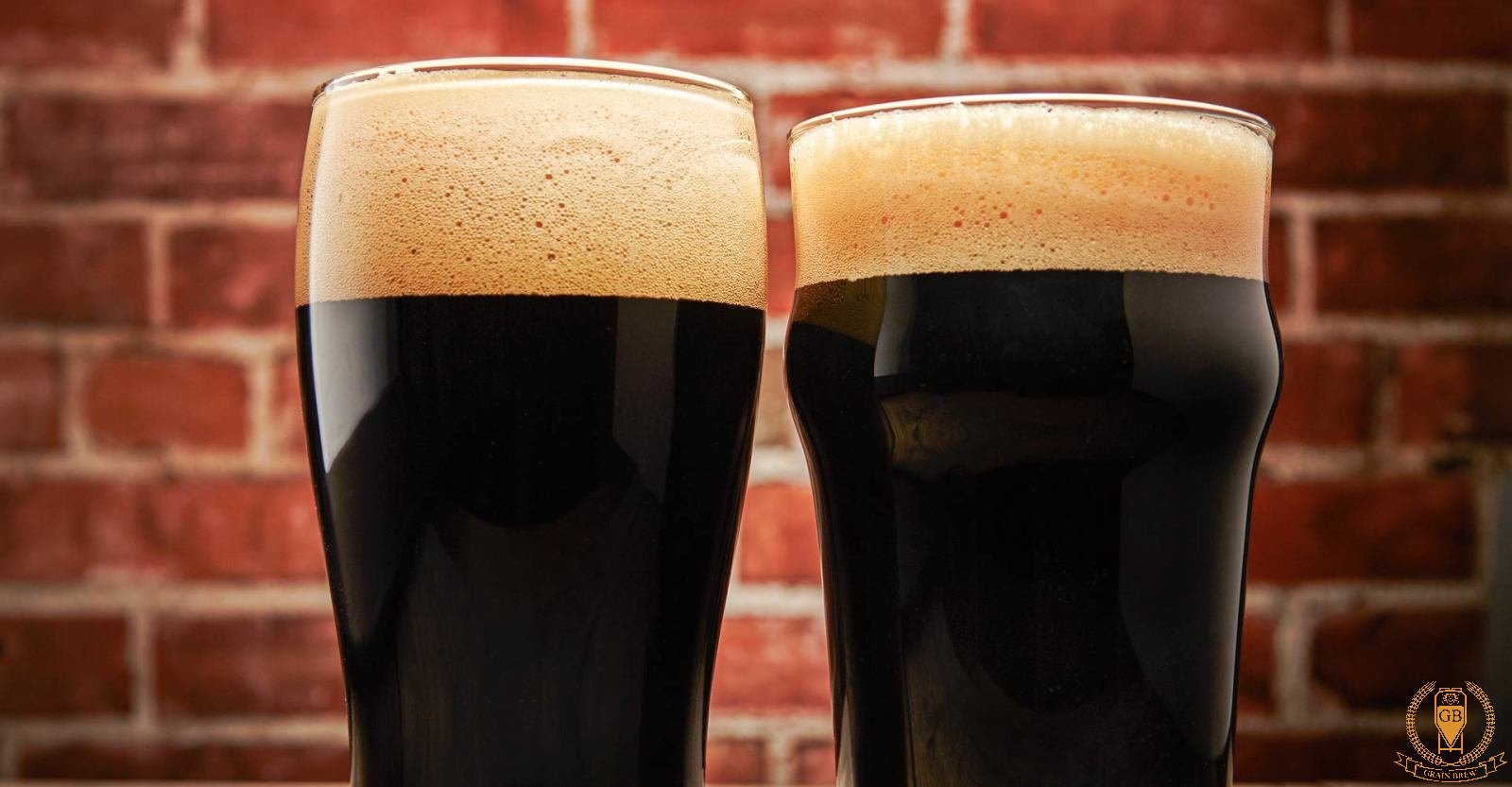
Historical precedent for beer styles matters less than common usage, and brewers today are more concerned with
creative exploration than slavishly adhering to the way it’s been. But in a world where 15 percent ABV “Imperial Porters”
sit on the shelf next to 8 percent “Imperial Stouts,” the dividing line between these two styles is less clear than ever. We
asked craft brewers this loaded question and found that the difference between these two beer styles depends a lot on who
you ask.
Stylistically speaking, the Beer Judge Certification Program (BJCP) defines the overall impression of a stout as “a very dark, roasty,
bitter, creamy ale,” while its overall impression of a porter is “a substantial, malty dark ale with a complex and flavorful roasty character.”
But let’s see how that plays out in the craft-brewing world.
A Matter of Geography
“The distinction between the two is a relatively simple one to me: Porter hails from London while stout traces its origins to Ireland,”
says Jared Long, head brewer at Altitude Chophouse and Brewery in Laramie, Wyoming. “Porter, as I understand it, came into favor
in London once brewers discovered that the darkly colored malts helped to counteract the high mineral content of the local water.
I’m guessing the same is true of stout in Ireland.”
Today, however, there seems to be a lot of confusion between these two style categories, says Long, who brews Expedition Porter
as a seasonal specialty. “I frequently find porters that are closer, at least in terms of style guidelines, to stouts.”
Long’s overall impression: “I tend to think of a stout as being a little bigger, a little roastier—dark roast coffee-like—than a porter,
which is typically more subdued and lower in strength.”
A Matter of Body
“I generally think of porters as being lighter in body and alcohol than stouts, with more of a chocolate character coming from highly
kilned malted barley,” says Carston Haney, head brewer at the new Ross Island Brewing in Portland, Oregon. “Stouts tend to be heavier
in body with more of a focus on coffee and roasted flavors from roasted barley or black malt.”
Haney says that the difference between stout and porter is a difficult one to define, in large part because of the variations within the
individual beer styles. “Porters can be imperial at 10 percent ABV or the standard 5 [percent ABV]; stouts can be dry and thin-bodied
Irish-style beers at 4 percent ABV, a viscous 12 percent [ABV] Russian imperial stout, or for that matter anywhere in between. There’s
dry stout, sweet stout, American (hoppy) stout, foreign export stout, imperial stout, Russian imperial stout, barrel-aged stout ... I could
go on.”
Stout and porter style guidelines aren’t just varied, but they can also be blurred or erased, he says. Many American breweries are producing experimental stouts and porters that aren’t necessarily true to style. That’s happening in large part because of the colorful spectrum of malts
now available. “Modern brewers have access to literally hundreds of different varieties of malted barley ranging in color and flavor from the light, delicate Pilsner malts from Germany to dark-as-night, bitter roasted barley from England,” Haney says. “This allows us as brewers to greatly
expand the range of styles, flavors, and colors of stouts and porters.”
A Matter of Roasted Malt
“The line between stouts and porters is so blurred anymore,” says Shaun Salyards, lead development brewer at The Fort Collins Brewery in
Fort Collins, Colorado, which produces the year-round Chocolate Stout and the winter seasonal, Double Chocolate Stout. “Stouts and porters
started life as the same beer, so it’s not a surprise that the line between the two styles is blurred,” he says. “The easiest way to separate the
two in my mind is by the presence of roasted malt, which is a range of malt that creates dominantly coffee flavors. Basically a stout has roasted
malts and associated flavors, whereas a porter does not.”
When Salyards designs a stout, he usually employs three different dark malts in its mash profile. “I do this to create a robust and complex set of flavors. When I design a porter, however, I’m thinking more along the lines of subtle chocolate flavors balanced with an inherent sweetness to be
able to create an easy-drinking and approachable dark beer,” he says. “The nice thing is that there are so many great maltsters in the world, so
there are millions of ways to accomplish those objectives.”
So there you have it— the difference between stout and porter is ... ambiguous, at best, and open to interpretation. And these beer styles are becoming more and more challenging to distinguish as breweries experiment with different varieties of malt.




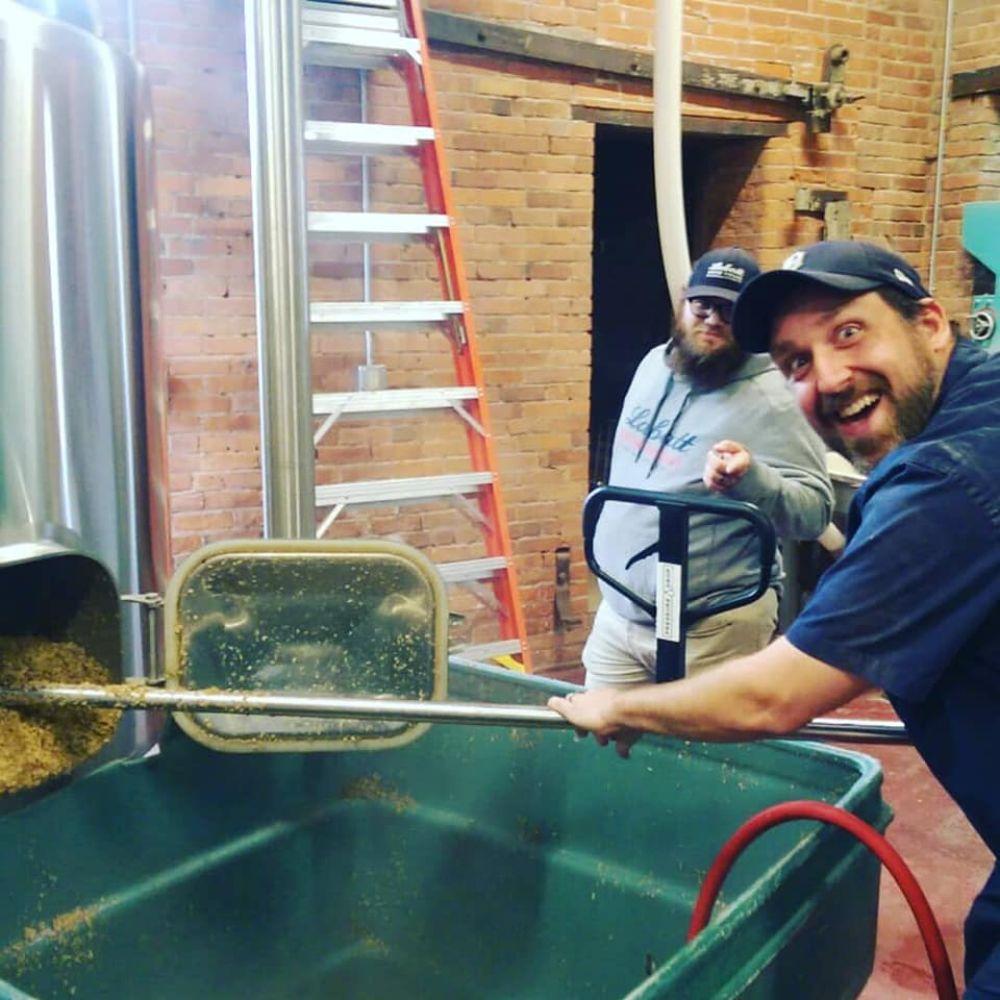
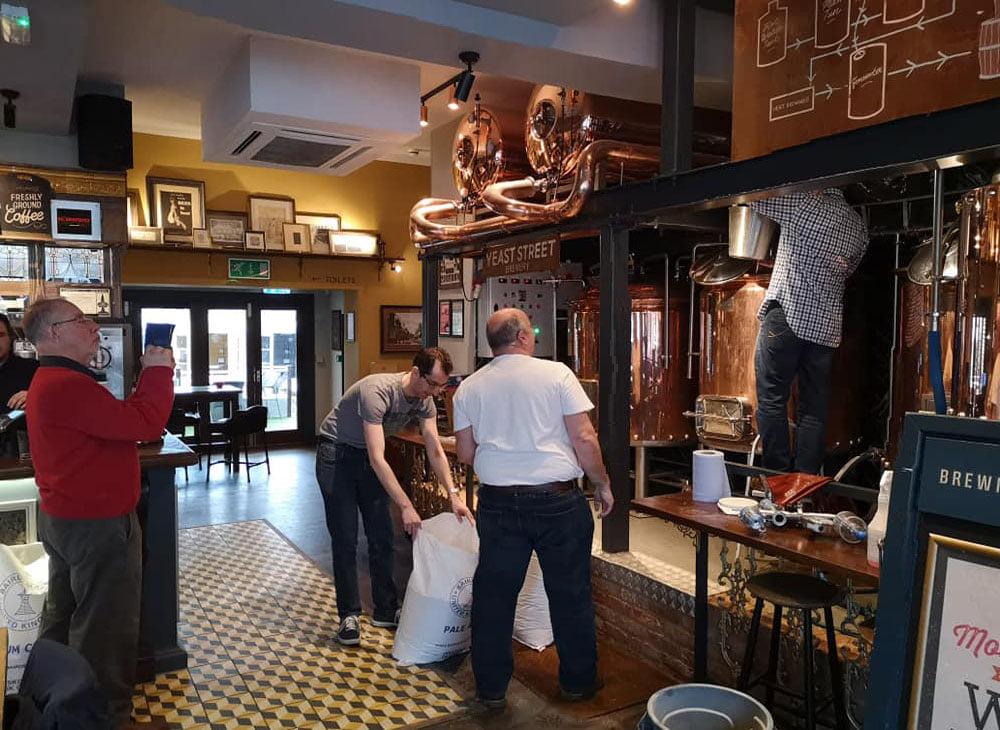
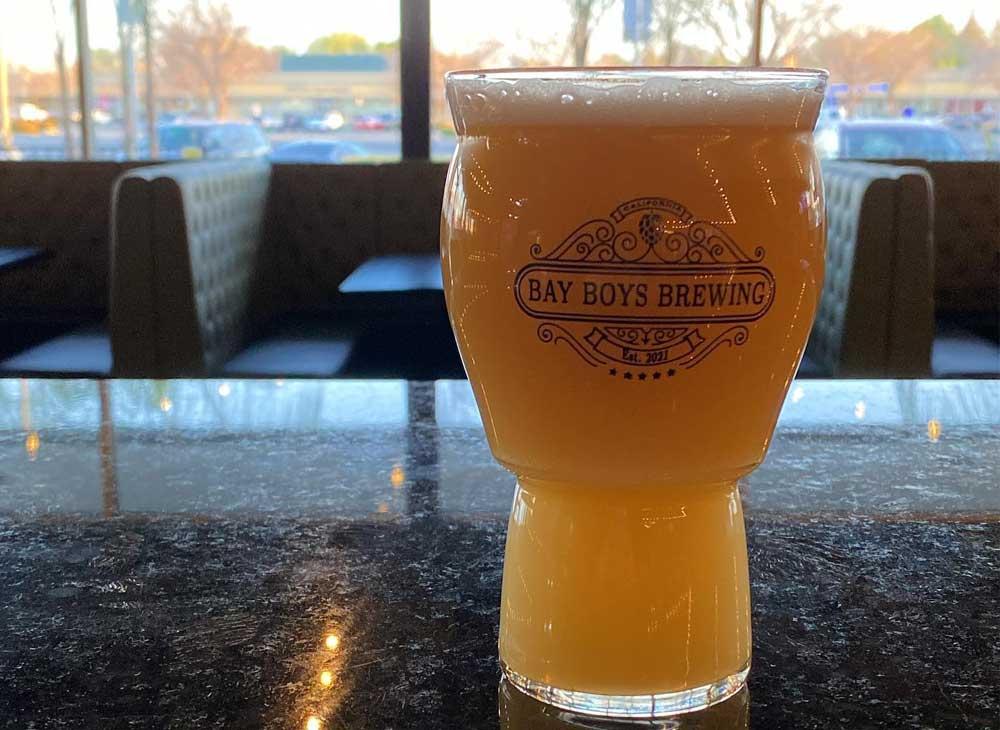
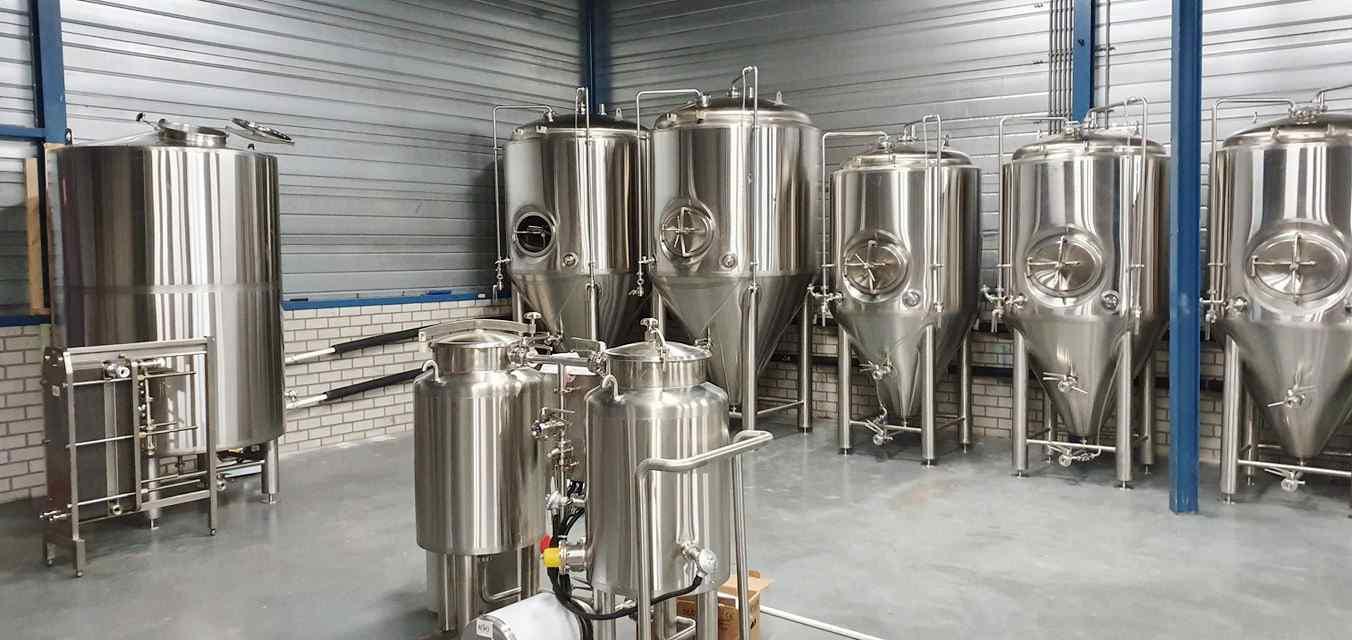
.jpg)
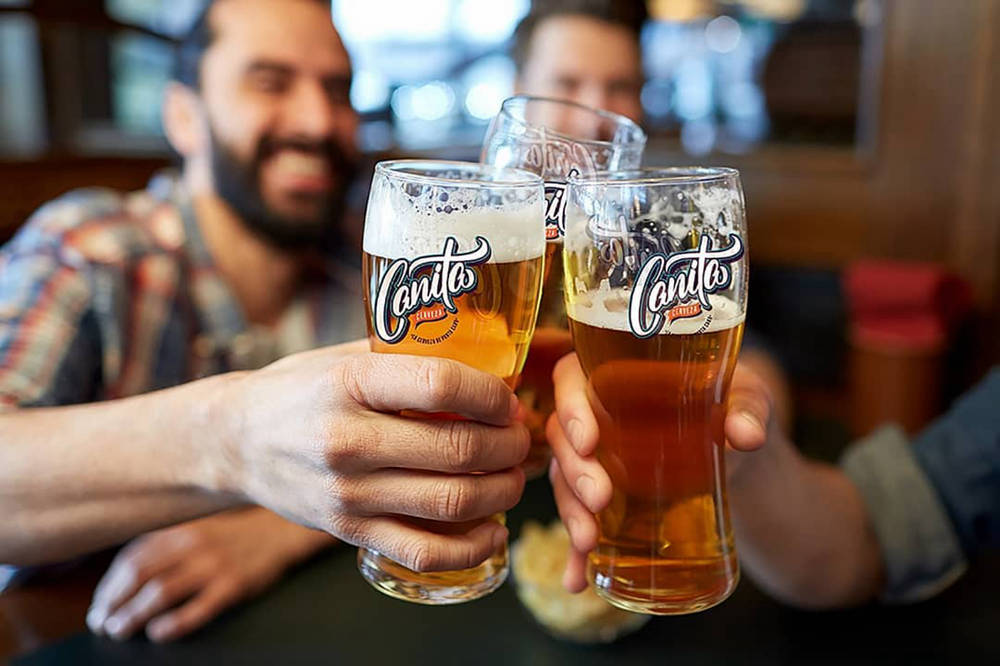
Get A Quote